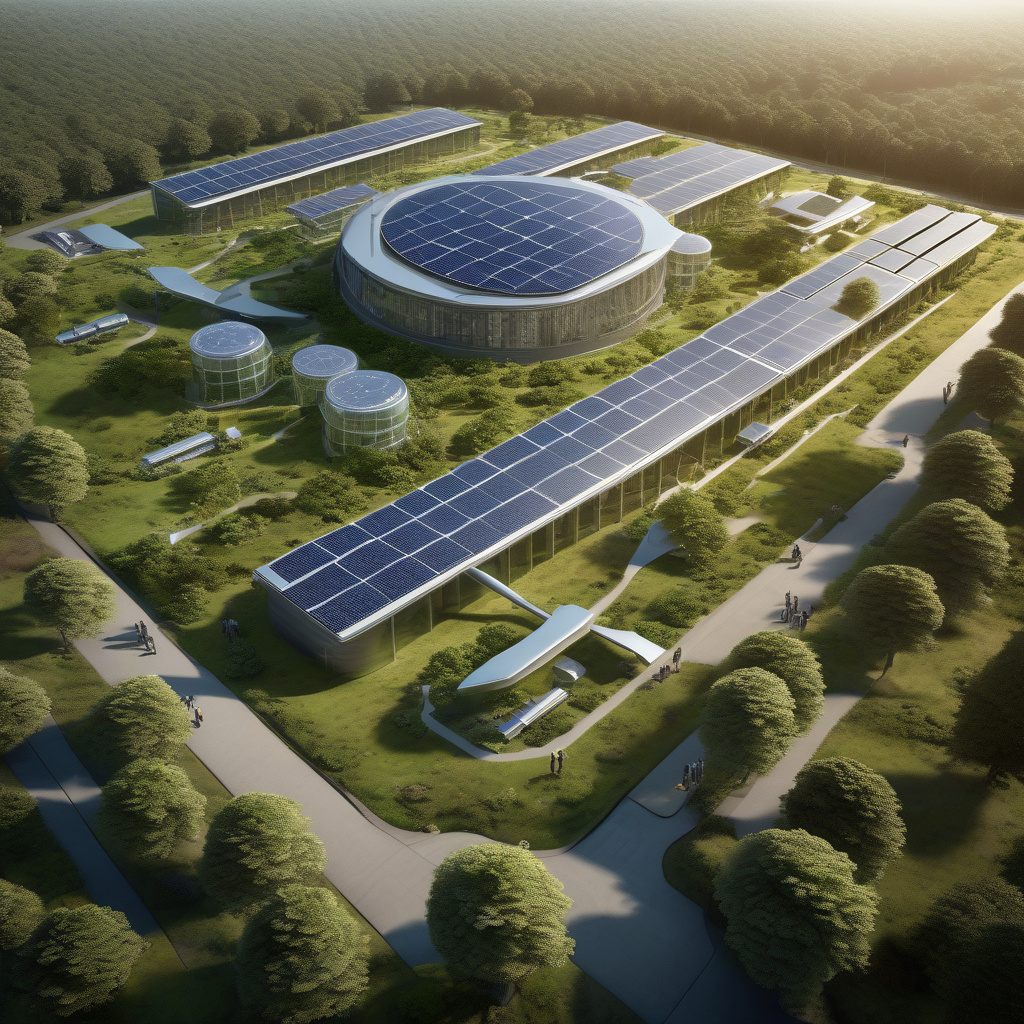Can Microsoft Build Massive AI Data Centers and Meet Climate Goals Without ‘Greenwashing’?
When it comes to AI, being environmentally friendly is a daunting task. The insatiable demand for computing power in AI operations necessitates a colossal amount of electricity. This requirement is steering the construction of large AI-focused data centers powered by carbon-intensive electricity sources, posing significant environmental challenges. Recent analyses reveal that the carbon intensity of electricity used by AI data centers surpasses the US average by 48%, highlighting the environmental impact of AI operations.
Microsoft, as the world’s largest AI company, is at the forefront of addressing these challenges. The company has committed to investing a staggering $80 billion over the next three years to ramp up its infrastructure to support its AI ambitions. Simultaneously, Microsoft has set a commendable goal of becoming carbon-negative by 2030, aiming to offset more carbon than it emits into the atmosphere.
However, the feasibility of Microsoft’s dual objectives has raised skepticism. Can the company make substantial investments in electricity generation for AI operations while achieving carbon negativity within five years without resorting to misleading greenwashing tactics? To address these concerns, a closer examination of Microsoft’s strategies is imperative.
Microsoft’s approach to achieving carbon negativity primarily revolves around purchasing carbon removal credits to offset its carbon footprint. One notable initiative involves a partnership with Vaulted Deep to bury 4.9 million tons of biowaste slurry deep underground, preventing the release of greenhouse gases like CO2 and methane into the atmosphere. This unconventional method underscores Microsoft’s innovative efforts to combat climate change.
Furthermore, Microsoft’s carbon removal program encompasses diverse technologies such as direct air capture of carbon and carbon dioxide sequestration projects. The company emphasizes transparency and authenticity in its carbon offset initiatives, steering clear of dubious practices commonly associated with rainforest-based offsets. Despite commendations for its proactive stance, some environmental experts raise concerns regarding the potential risks associated with deep well injection technologies.
Critics argue that relying solely on voluntary corporate actions for climate change mitigation may fall short of stringent regulatory measures needed to curb carbon emissions effectively. The current political landscape, characterized by the rollback of environmental regulations and fast-tracked permitting processes for data center construction, underscores the importance of corporate responsibility in combating climate change.
In this context, Microsoft’s commitments to environmental sustainability are commendable, albeit subject to scrutiny. As stakeholders monitor the company’s carbon removal initiatives and technological investments, ensuring accountability and transparency remains paramount. While federal climate policies may be lacking, corporate initiatives like Microsoft’s offer a glimmer of hope in the fight against climate change.
In conclusion, Microsoft’s ambitious endeavors to balance AI expansion with environmental stewardship exemplify a crucial intersection of technology and sustainability. By navigating the complexities of AI data center operations and climate goals, Microsoft is paving the way for responsible corporate practices in a rapidly evolving technological landscape. As the world grapples with the challenges of climate change, collaborative efforts between industry leaders and regulatory bodies are essential to drive meaningful progress towards a greener future.

